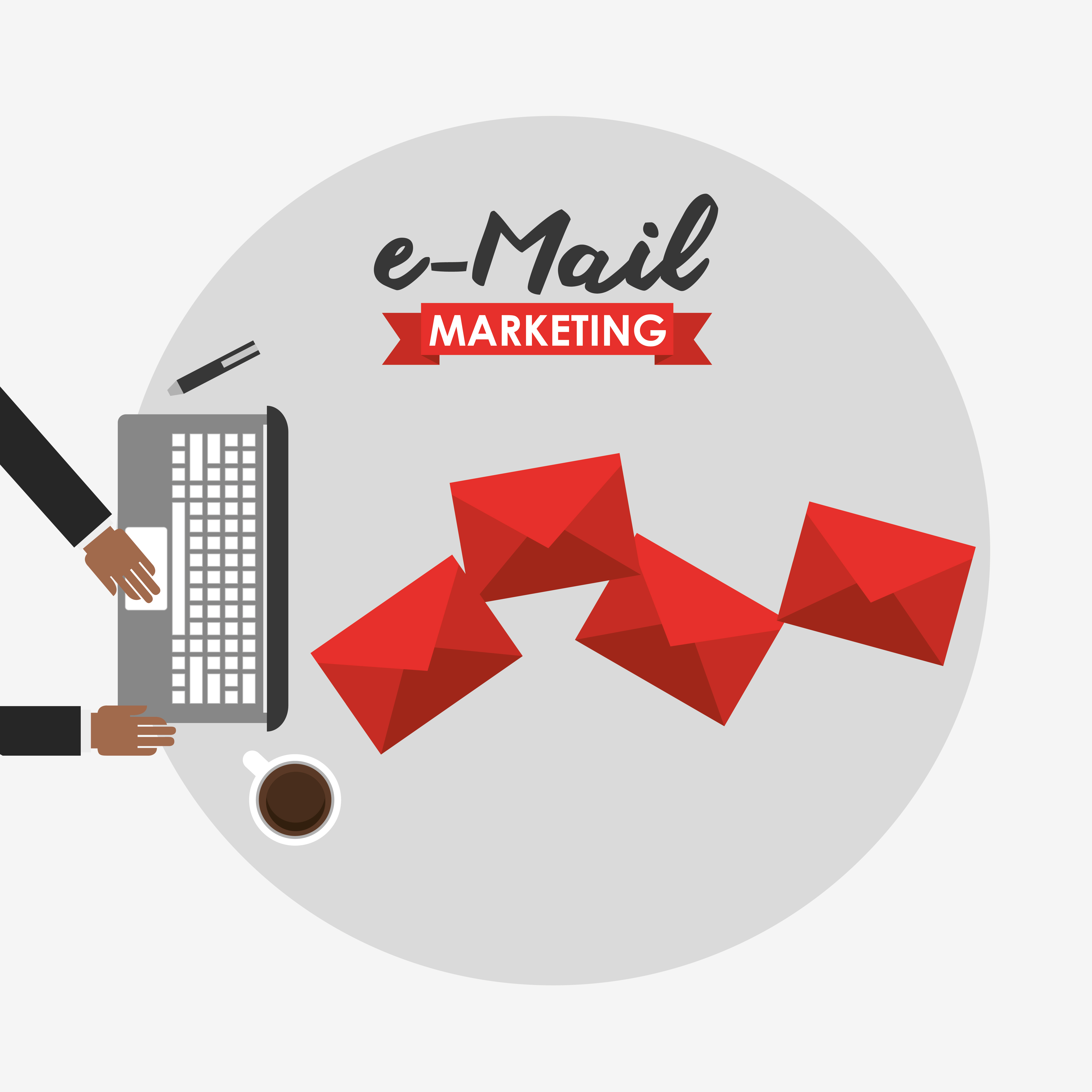info@sadi.co.ke
+254727368241
Introduction:
Email marketing remains one of the most powerful and direct ways to reach your audience, engage with them, and drive conversions. Crafting effective email campaigns that convert requires a strategic approach, creativity, and a keen understanding of your audience. In this article, we'll explore key strategies and tips for creating successful email marketing campaigns.
1. Know Your Audience:
The foundation of any successful email campaign is a deep understanding of your audience. Who are they? What are their interests, pain points, and preferences? Segment your email list to send targeted messages to different subsets of your audience, ensuring your content resonates with them.
2. Personalization Matters:
Personalized emails have a much higher open and conversion rate. Use your recipient's name, tailor content based on their behavior, and send recommendations or offers that align with their previous interactions with your brand.
3. Create Compelling Subject Lines:
Your subject line is the first thing recipients see. Craft compelling, concise, and relevant subject lines that pique curiosity and encourage opens. Avoid using spammy words and ensure clarity.
4. Mobile-Optimized Design:
The majority of email opens happen on mobile devices. Ensure your email design is responsive and looks great on all screen sizes. Test your emails on various devices before sending them.
5. Valuable Content:
Your email content should provide real value to the reader. Whether it's educational content, exclusive offers, or entertainment, make sure your recipients find your emails worthwhile.
6. Clear Call to Action (CTA):
Every email should have a clear and compelling CTA that guides the recipient on what to do next. Whether it's making a purchase, signing up for a webinar, or downloading a resource, the CTA should stand out.
7. A/B Testing:
Experiment with different elements of your emails, such as subject lines, images, content, and CTA buttons. A/B testing allows you to determine what works best with your audience and continuously improve your campaigns.
8. Timing and Frequency:
Pay attention to when you send your emails. The best time may vary depending on your audience and the nature of your business. Additionally, be mindful of email frequency. Too many emails can lead to unsubscribes, so strike a balance.
9. Optimize for Deliverability:
Avoid spam triggers by using clean, relevant content, and ensure your email list is up-to-date. Regularly clean your list to remove inactive or unengaged subscribers.
10. Monitor and Analyze:
Use email marketing analytics to track open rates, click-through rates, conversion rates, and other key performance indicators. This data can help you understand what's working and what needs improvement.
11. Automated Email Campaigns:
Implement automated email sequences for different stages of the customer journey. This includes welcome emails, abandoned cart reminders, and post-purchase follow-ups.
12. Compliance and Privacy:
Adhere to email marketing laws, like the CAN-SPAM Act or GDPR, depending on your target audience. Ensure subscribers have opted in and have an easy way to unsubscribe.
13. Engage and Nurture:
Your email marketing efforts don't end after a conversion. Continue to engage and nurture your customers with relevant content and offers to build lasting relationships.
Conclusion
Email marketing is a versatile and effective tool for reaching your audience and driving conversions. By crafting well-targeted, personalized, and valuable email campaigns, you can build stronger customer relationships and achieve your marketing goals. Remember that successful email marketing is an ongoing process of testing, learning, and adapting to your audience's needs and preferences.
 November 01, 2023 - BY Admin
November 01, 2023 - BY Admin